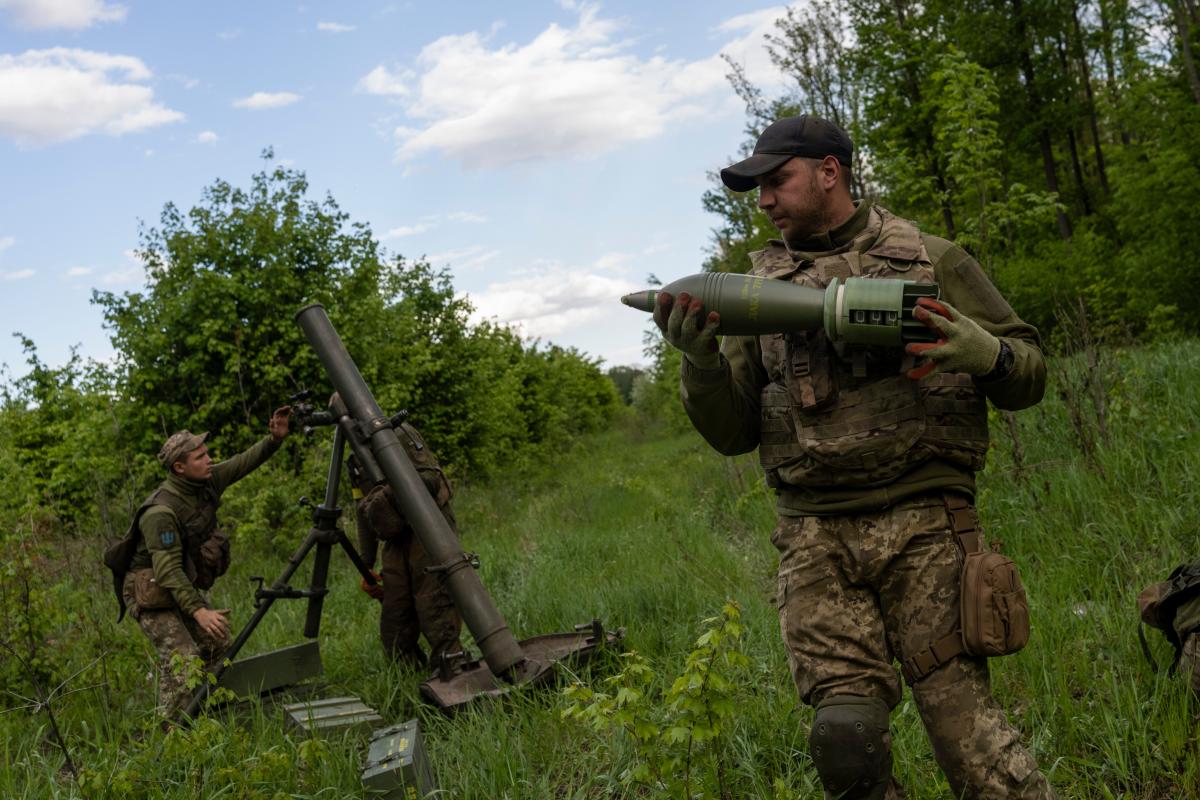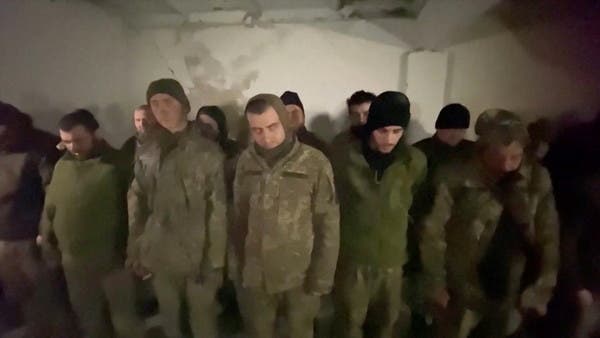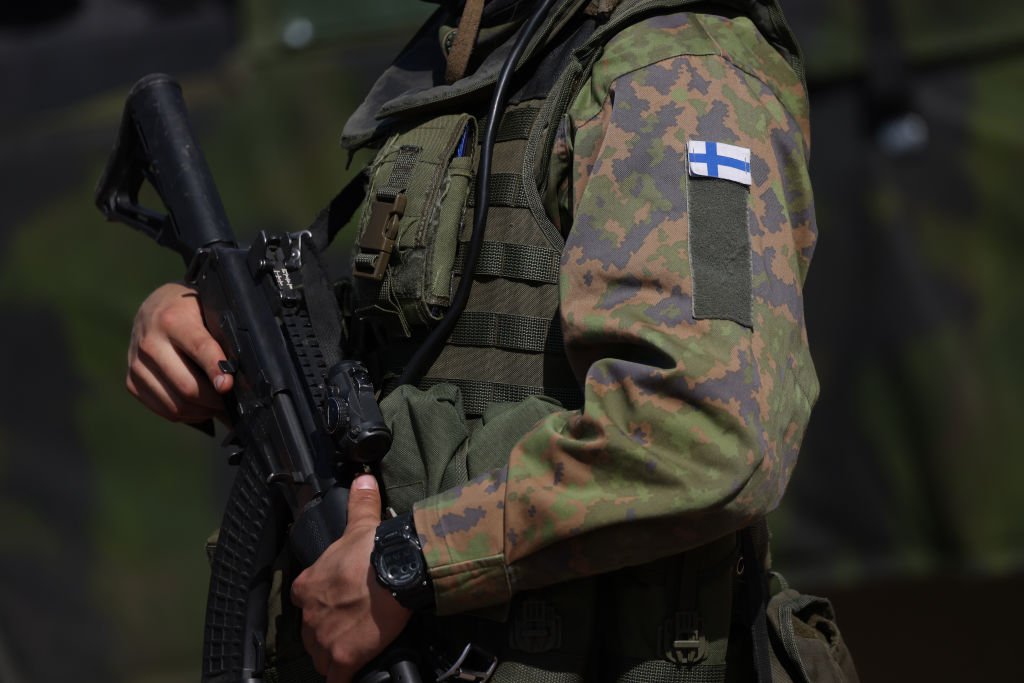Great interview of a DPR commander reflecting on the war to date with some open admissions and honest-sounding assertions. Part 2 will be published tomorrow, apparently.
Awful Avalanche
Ukraine War Day #91: How “Vostok” Battalion Took Mariupol
Posted on
May 25, 2022 by
yalensis
Dear Readers:
Today I have for you
this very interesting interview with Donetsk Peoples Republic (DPR) military commander Alexander Khodakovsky. The reporter is the ever-stalwart Dmitry Steshin.
Readers will be interested to learn that the fall of Mariupol to the pro-Russian forces was not predestined. In fact, it was more of a nail-biter. If the Russians had been up against a better, more professional force, they could have easily lost the battle. Which feeds into the narrative, as we are learning day by day, that the Azov Nazis were not actually the great super-soldiers that everybody assumed, and which they advertised themselves to be. If they had spent more time studying in the military academy and less time in the tattoo parlor; more time reading Clausewitz and less time
Mein Kampf … well, you get the picture…

A grizzled Khodakovsky sits at his desk.
Reporter Steshin has spent 100 tough days embedded in the “Vostok” (East) Battalion of the DPR army. Now, catching one moment of rest and sitting down with its Battalion Commander, Alexander Khodakovsky, the two men look back on the just-completed campaign, take stock of what happened, and draw lessons learned.
At the end of February, at the very start of the Special Operation, Vostok Battalion headed out of Donetsk and marched in the direction of Mariupol, all in a single column. Which they now realize was a dumb thing to do, but somehow they survived. After several days of battle, they crossed the border between DPR and Ukraine, then occupied several towns within the metropolitan area of Mariupol:
Kalinovka,
Talakovka, a section of
Sartana.
A series of exhausting battles ensued in the high-rise complexes of the
Vostochny (“Eastern”) micro-region. The latter being adjacent to the vast Azovsteel complex. After the high-rises were captured, sometimes in literally room-to-room fighting, the Azov Nazis fled and retreated into the factory. And the rest is history.
Steshin: So, the first phase is over. What have we learned during these months?
Khodakovsky: We learned that we can beat them. We learned that we are able to carry out all the military tasks that we take on. This has been a big psychological breakthrough for us.
Steshin: How do your front lines look now? In the Republics?
Khodakovsky: In the LPR (Luhansk Peoples Republic) the guys have moved out even beyond their administrative boundaries. But here in the DPR we are still in the process of development. Taking into account that our front lines reach farther: Berdyansk, Melitopol, Kherson. Mariupol was such a problematical stain within our territories. The amount of resources accumulated by the enemy in Mariupol was a constant source of worry to us.
Steshin: The enemy could have counter-attacked from there?
Khodakovsky: Yes, and there were such attempts. Twenty-eight units of armored vehicles. Initially our perimeter around the city was quite spotty, one could expect anything to happen. And you see what happened recently, it gives you an idea [what we were up against]: Just at that one point of contact between our Battalion and Azovsteel, over 1,000 militants walked out on their own feet; in other words, they were still combat-capable. And later we saw a number over 2,000, these were the guys who were blocking up the Azovsteel plant.
[yalensis: Khodakovsky is making the point that so many guys inside the plant, and still possessing so many armored vehicles, they could have made a break for it at any point.]
Steshin: When I was covering the front and we heard that they were giving themselves up, our guys were really worried, they thought [it was a trap and] they were going to try a break-out!
Khodakovsky: True. But the Azovites were not able to take advantage of their own superiority of resources, of manpower. What they lacked was boldness and cunning. They could have sneaked up on us at our rear, like
Kovpak’s Brigade. But, in the end, we were able to solve a problem of a type the world has not seen in modern military history. They could have remained holed up in Azovsteel for many long months.
We had questioned some of the people who used to work there, they told us there was a system of bomb shelters, communications lines, tunnels so wide you could move a tank through. But, in the end we forced them to give up, and at the same time we received a very unique war experience in these conditions.
Steshin: What kind of experience?
Khodakovsky: We learned that we can prevail over forces which outnumber us, and that we can do that with minimal losses to ourselves. We learned a lot. […] And after the fall of Mariupol, many changes took place at other areas of the front. The change [of mood] is palpable.
Steshin: What do you mean?
Khodakovsky: There were the first fiery battles, and then the sobering-up period, people got used to the new realities and conditions of the war. Lenin had a famous saying: “Do you want to learn the art of war in a real way?” Well, that’s how we learned it. We passed that stage of development where we would march in a single column onto the territory of the enemy.
We learned how to properly siege cities… [At the beginning] some units were pushed into taking rash actions… But now everything has got calmer, we don’t see that chaos of the first month of war. We learned from our own losses: losses of equipment, losses of men. We started off in a war frenzy, we thought we were just going to rush out there and break the enemy, regardless how much assistance he is receiving from the West.
Steshin: The Ukrainians still believe sincerely that the West is going to help them win.
Khodakovsky: No, that won’t happen. But the West can definitely make our victory that much more complicated. Earlier I was skeptical about the deliveries of those Javelins and Bayraktors.
My military worldview was not broad enough. I measured everything according to positional warfare on an open field. But in the city we started to understand that, oh boy, this thing
[yalensis: I think he’s talking about the Bayraktor] is really effective, it can strike at you from hidden positions, from great distances. On the other hand, even this Western weaponry didn’t help them change the course of the war. All they succeeded in doing was giving us more things to worry about; and having to endure greater losses. It was definitely a palpable factor. But a factor that can be dealt with. And that’s even adding that the enemy outnumbered us.
Steshin: So, you’re compiling all the lessons learned?
Khodakovsky: Yes. You might even consider us to be a living experimental war laboratory. We are even being visited by weapons manufacturers and vendors now, they come to us and want our help in creating and applying drones of the next generation.
Steshin: What kind of drones? If that’s not a secret. Something interesting?
Khodakovsky: Drones that can strike down singular, but very important targets. Drones working in groups, that’s called a swarm, they are connected by a neuro-network. All those [vendors and manufacturers] who are working on military equipment, they are all very interested in this. Even Russian businessmen are getting in on the act.
And we have come to understand that we need to stand our ground and prepare for the future wars. Which will
not be against the Ukraine.
[to be continued]

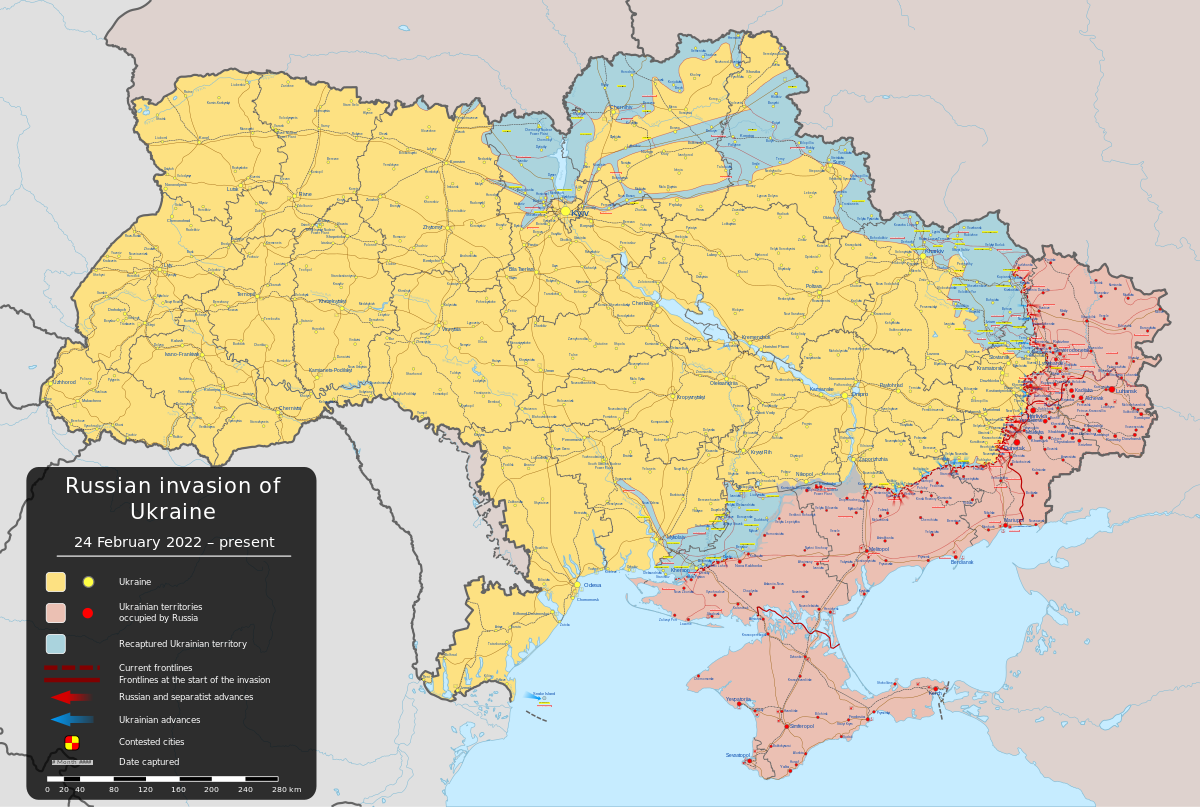


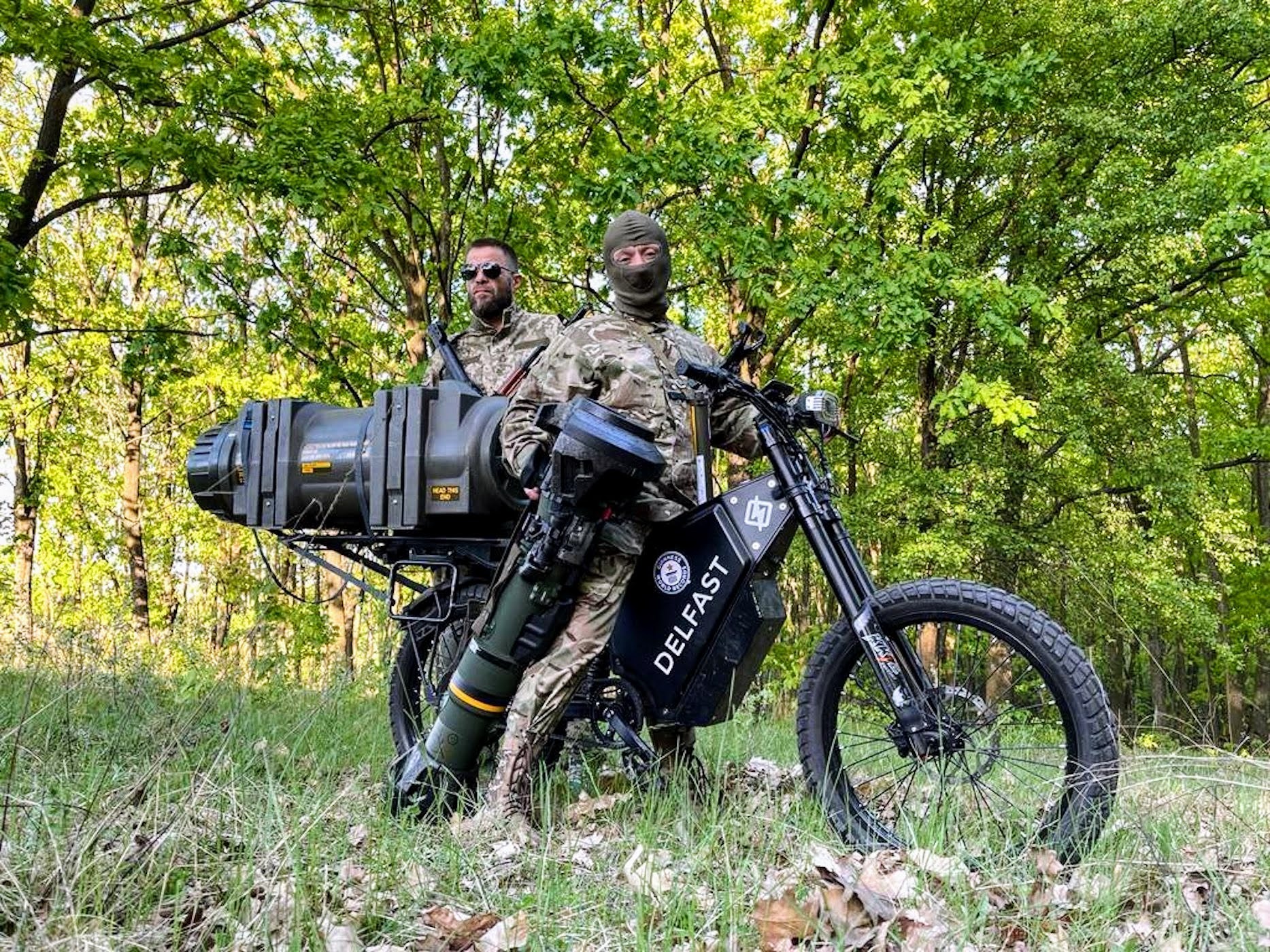
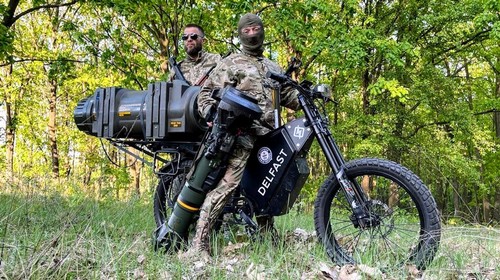
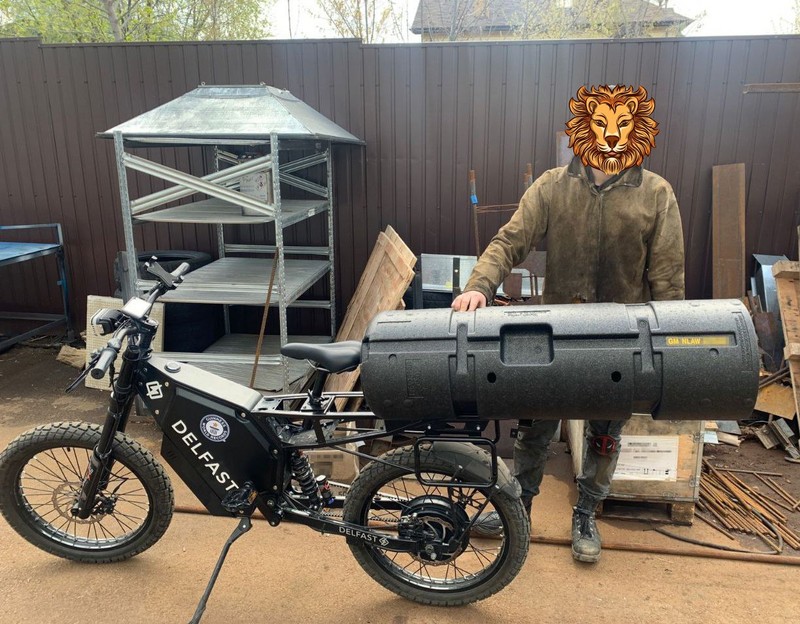
 again)
again)